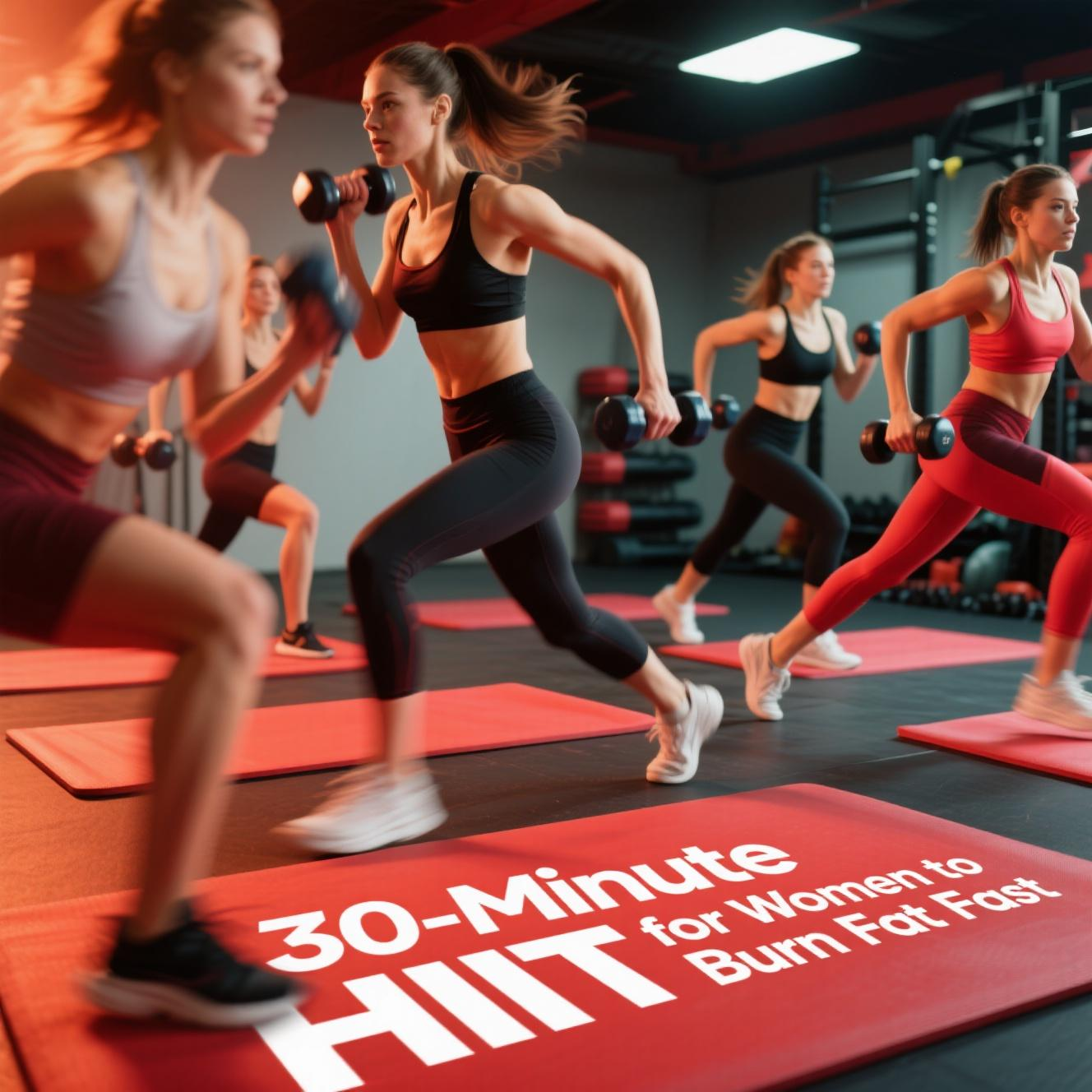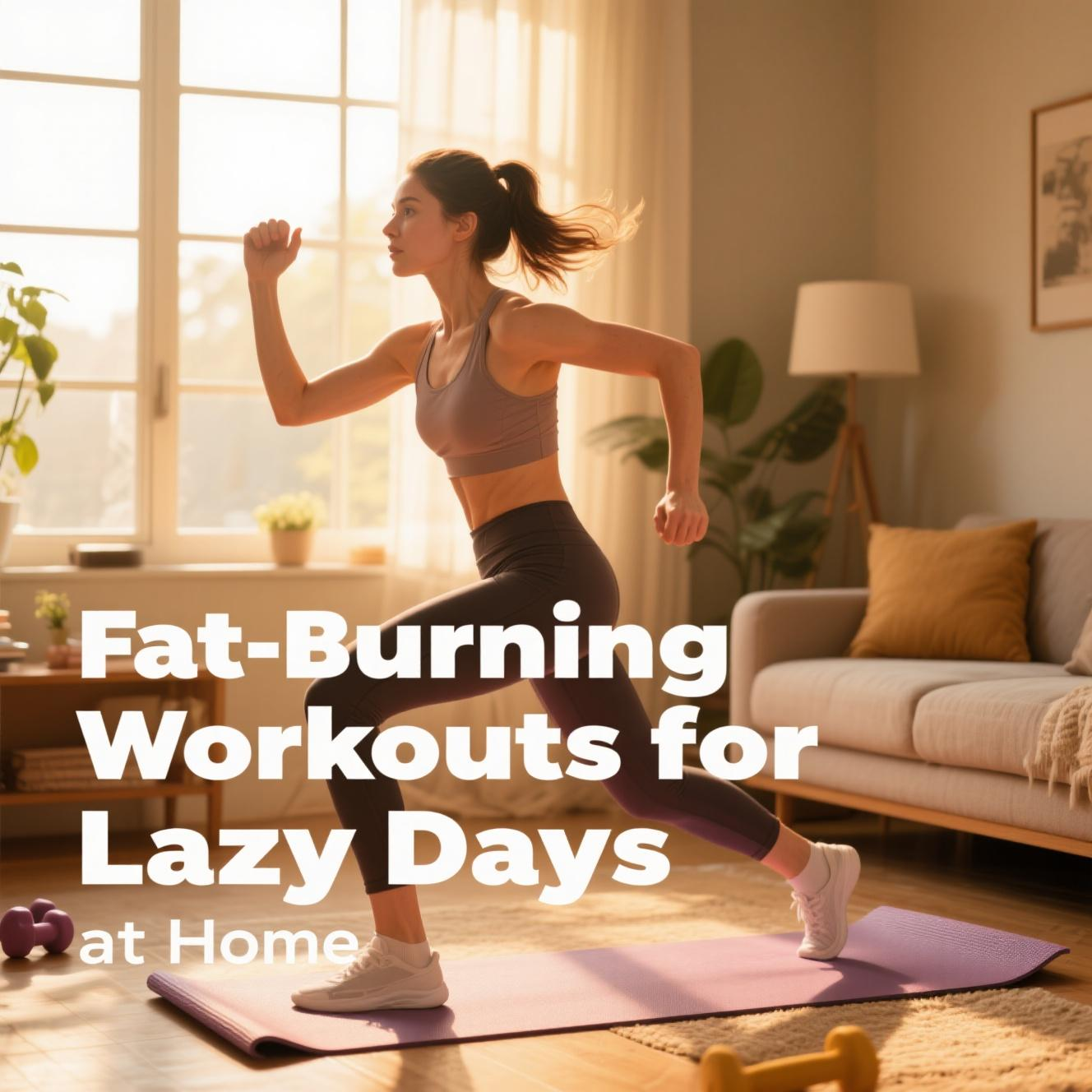Somewhere between setting the alarm early for a morning jog and picking up a jump rope lying forgotten in the corner of your closet, lies the question that lingers in every fitness-focused mind—what actually burns more fat? For years, running has held the crown as the go-to fat-burning workout. It’s simple, requires no equipment, and anyone with a decent pair of shoes can hit the pavement. But jump rope? That’s the childhood game rebranded as a high-intensity calorie incinerator. And for many of us juggling busy lives and tight schedules, it’s quietly becoming the unsung hero of efficient fat loss.
The first time I realized jump rope was more than playground nostalgia was during a group boxing class. The warm-up included five minutes of skipping, and I was winded before the workout had even properly begun. My legs ached the next day in places that running never touched. It was humbling—and eye-opening. Jump rope isn’t just fast-paced cardio, it’s a full-body effort. You engage your core, your calves, your shoulders, and even your coordination. Unlike running, where rhythm takes over and lets your mind wander, skipping rope demands presence. And in return, it offers fat-burning potential that rivals, and sometimes exceeds, a long jog.
But let’s not underestimate running. It has its own undeniable power. I’ve always found something grounding about lacing up and heading out before the world wakes up. Whether you’re pounding pavement in the city or running trails through a quiet park, there’s a meditative rhythm to it. For people looking to burn fat and build cardiovascular endurance, running remains a staple. It’s one of the most searched and practiced fat-burning workouts worldwide, and for good reason—it works. A moderate run can torch 300 to 600 calories in 30 minutes, depending on your weight, pace, and intensity.
Yet, what makes jump rope fascinating is how much it compresses that intensity into a shorter window. Studies have shown that 10 minutes of high-speed jump rope can burn roughly the same number of calories as 30 minutes of steady-state jogging. That makes it one of the highest calorie-burning exercises per minute. The keyword “calories burned jumping rope” is constantly trending because people are realizing this small piece of equipment is a giant in disguise. A friend of mine who switched from running to jump rope during the winter swore she not only kept her fat loss on track but actually improved her core strength and coordination dramatically. She also noted how her workouts became more fun, less time-consuming, and surprisingly addicting.
The mechanics of each workout tell part of the story. Running is a lower-body dominant activity with high impact on joints, especially knees and hips. It builds stamina and leg strength over time, and when done in intervals—such as sprints mixed with recovery—it morphs into a powerful HIIT workout that spikes fat oxidation. Jump rope, while also high impact, spreads the workload across the entire body. It’s quick bursts of explosive movement with short rests in between, and that keeps your heart rate in the fat-burning zone with precision. For women in particular who are looking for ways to lose belly fat or tone up without long gym sessions, jump rope offers a portable, potent alternative.

Of course, personal preference matters just as much as science. One woman I know, a mother of two with a tight schedule and zero interest in heading outside in the dark, began skipping rope in her garage each morning. At first, it was chaotic. Tangled ropes, missed jumps, a few expletives. But within weeks, she was doing full 20-minute routines with energy to spare. Her body changed in visible ways, but what she loved most was how empowered it made her feel—like she didn’t have to depend on anyone or anything to get strong.
Another friend, an avid runner for over a decade, once tried to switch to jump rope after reading about its fat-burning potential. She lasted three days before admitting she hated it. “I need that mental escape,” she told me. “Jump rope felt like work. Running feels like freedom.” And that’s the catch—no matter how effective a workout is on paper, if it doesn’t fit your personality or lifestyle, it’s not sustainable. The best workout is the one you actually look forward to.
Still, if we’re talking about metabolic burn, time efficiency, and total body engagement, jump rope is a serious contender. Combine it with interval training—say 30 seconds on, 15 seconds off—and you’ve got a full HIIT session that builds endurance, shreds fat, and challenges your coordination. Fitness influencers are increasingly pushing routines like “15-minute jump rope workouts for fast fat loss,” and the engagement they get speaks volumes about its growing appeal. There’s also something playful about jumping rope that makes the burn feel more fun and less like a chore.
On the flip side, running can offer a mental clarity that’s hard to beat. When I was recovering from a breakup, I ran every evening—not for the calorie burn, but for the emotional purge. My runs were slow, sometimes awkward, but they gave me peace and time to process. No jump rope could have given me that same headspace. And that’s worth considering. Fat-burning isn’t only about numbers. It’s about how a workout fits into your emotional and physical life.
There’s also the matter of accessibility. Not everyone has access to a safe running path or treadmill. But almost anyone can find six feet of open space and a $10 jump rope. This portability makes skipping ideal for travel, small apartments, or anyone who doesn’t like to be confined by weather or gym hours. As more people look for “home workouts to burn fat” and “best cardio without a treadmill,” jump rope is rising as a practical answer that delivers results.

Ultimately, comparing the two isn’t about declaring a winner. It’s about matching the method to your goals, preferences, and rhythm of life. Some days you’ll want to lace up and chase that sunrise. Other days, you’ll want to crank up music and skip in place until your calves scream. Fat loss isn’t linear, and neither is motivation. What matters is consistency, intensity, and finding movement that feels good enough to repeat.
So next time you’re deciding between a run around the block or picking up that dusty rope, remember this—it’s not about which workout is best in theory, but which one meets you where you are. Whether it’s the thud of sneakers on pavement or the soft slap of rope on hardwood, both have the power to transform your body—and your mindset—if you let them.



